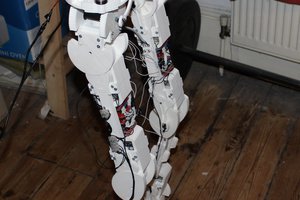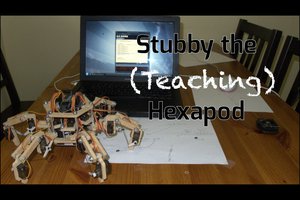Hello, I’m Philip Cox. I’ve been an Aerospace Systems Engineer for the last thirty years. I’ve done a lot of things, but I hope that the best is still ahead of me.
I’d like to present to you a concept that’s been cooking in my head for the past few decades. Let’s start with a little background … In R. Buckminster Fuller’s “critical path” he presents and illustration of Manhattan island with a huge geodesic dome covering much of the borough.
Bucky was the inventor (some say ‘popularizer’) of the geodesic dome – he envisioned covering entire cities with vast domes to protect them. Bucky pointed to a number of reasons why such mega-structures are desirable. He was also quick to point out, however, the difficulties humanity would have building such structures using then-current construction technology. Undeterred, he extrapolated other possibilities of his geodesics.
Fuller realized that geodesic construction might permit one to make structures so large that the volume of air enclosed in them could actually outweigh the materials comprising the structure. If one enclosed heated air, the structure could conceivably become buoyant in the atmosphere – a vast hot-air balloon. I once sat down and calculated just how big one such geodesic dirigibles would have to be – it turns out that a sphere 800 meters or larger is the threshold at which the air inside the structure begins to out weigh the containing structure.
His concept appeared roughly twenty years before George Lucas gave us the floating city of Bespin.
Fuller had no way to construct such a beast, of course. Which brings me to the sticking point: We can imagine mega-structures on Earth and in space, but we have devoted little or no effort into developing techniques to build them. Human construction technology remains mired in the past. We continue to build using traditional, waddle-and-daub, tinker-toy construction methodologies – only applying new materials as they’ve become available. Imagine the expense in resources required to build a dome over Manhattan one beam at a time... now imagine building a one kilometer sphere in space, one stick at a time, each lifted from Earth. We aren’t going to do it. That doesn’t mean, however, that we can’t build mega-structures. I’ve pondered this question over my entire life. I’ve come to the conclusion that, to build big, we have to think small. . ..
Diatoms and Radiolaria have been making their own geodesic shells for over 500 million years. They secrete silica to form rigid frameworks to armor themselves or increase their apparent surface area for photosynthesis. These microscopic creatures secrete their structure – typically using a simple geometrical initiator, like a circle, triangle, hexagon, or some other simple geometric shape. If you perked up at the mention of an ‘initiator’, you probably suspect, now, where I’m going with this . . . fractals. In short, fractal constructions require an Initiator, a Generator, and a Rule (or Rules) of orientation. Time is too short here for further details of fractals, so, I’ll cut to the chase. The project I’ve been working on for years (mostly as a design exercise) is to create little open-source construction robots – I’ve been calling them BuckyBots – to build mega-structures.
A BuckyBot consists of a small 3D printer in which the print head has up to (maybe) 6 Degrees-of-Freedom. It makes a simple 3-dimensional fractal initiator, such as a tetrahedron, over and over, and over. That’s all it does – ever. It has the ability to climb, like a spider, onto and over the tetrahedrons it has already built to add another course to the structure. We give it simple orientation rules so that it changes its orientation relative to previous “cells”. Eventually, by following simple rules, it will construct a closed shape – like a dome, or a box, or whatever 3-dimensional shape we fancy. It can build any stiffening interior structure as required. Multiple...
Read more » Ranarchy
Ranarchy






 Michael Graham
Michael Graham
 Dan DWRobotics
Dan DWRobotics
 The Big One
The Big One
 zapwizard
zapwizard